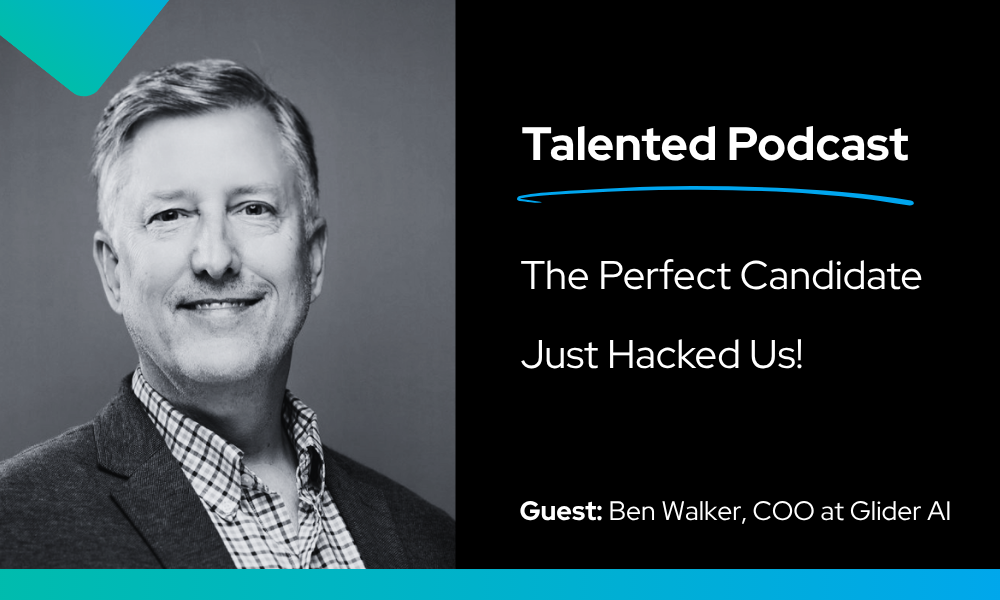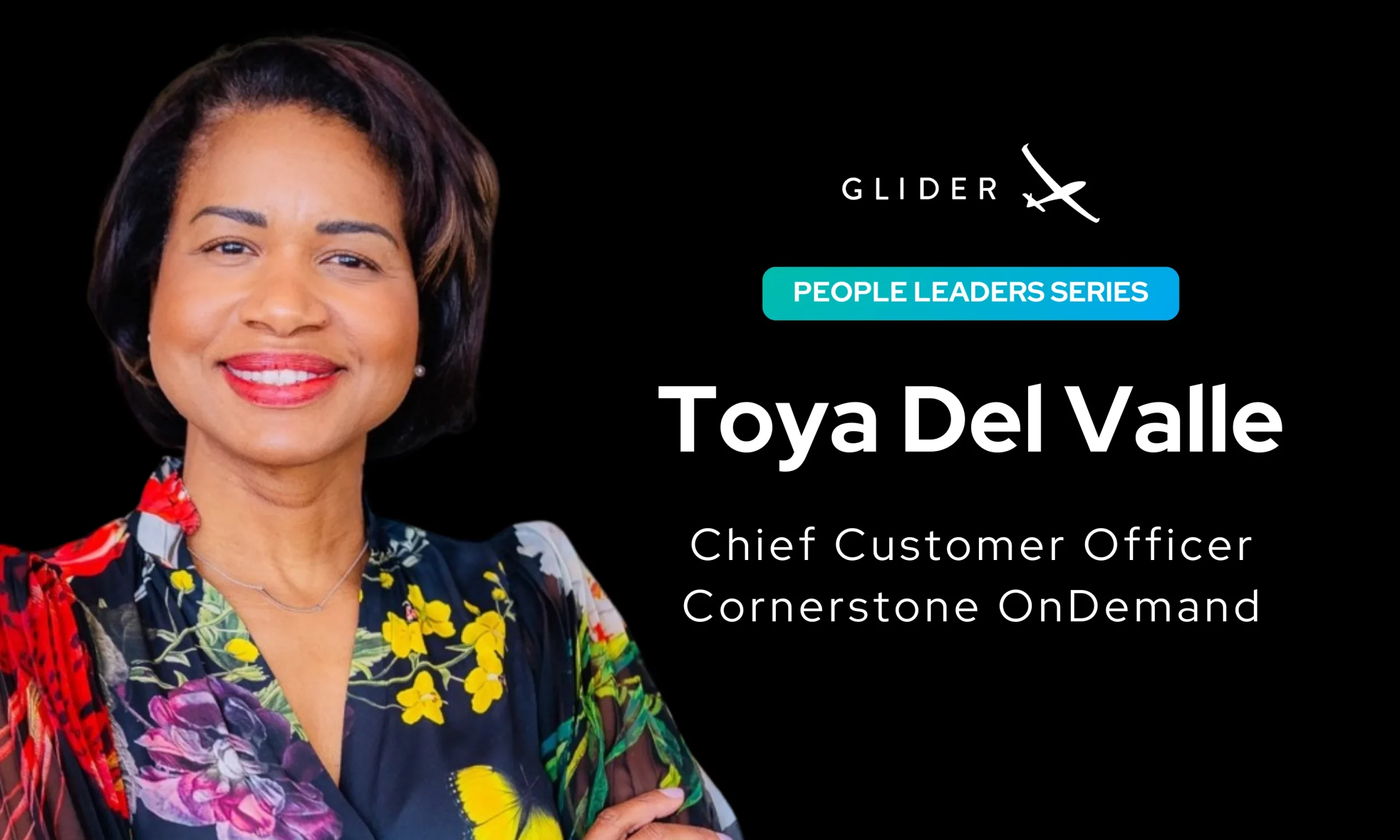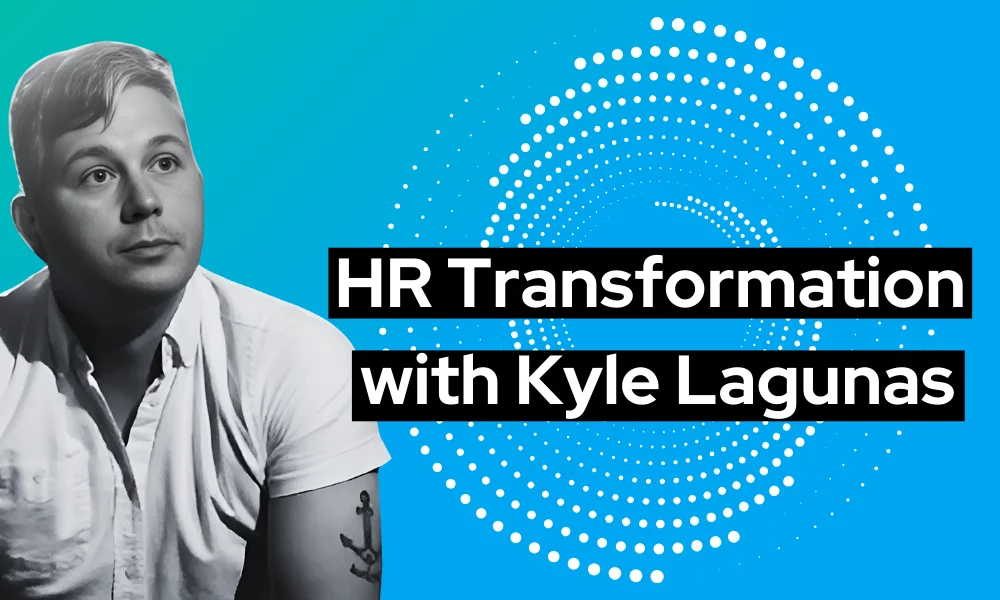
Make talent quality your leading analytic with skills-based hiring solution.


Gone are the days when getting a job usually meant working from 9 to 5. These days, a huge number of people have embraced the gig economy, that is, working a job or a project for a specific period of time.
Many are even turning to gig jobs as a second income source, as they’re struggling to make ends meet with their regular job.
This model of work is beneficial to both businesses and contractors. Businesses can work with top talent while saving money. Contractors or freelancers can work remotely and have all the flexibility they need while still being properly compensated for their work.
If you’re not sure about recruiting contractors, there are some recruiting metrics you should know about. The following data points for contract recruitments will paint you a better picture of the current state of the gig economy.
According to Wonolo, the number of freelance workers in the U.S. is growing at a very fast pace. It’s almost doubling year after year.
If the trend continues and the growth rates don’t slow down, Statista estimates that there would be 86.5 million freelancers in the U.S. by 2027, which would account for more than 50% of the country’s entire workforce.
The latest Gallup report shows that 36% of workers in the United States participate in the gig economy either through their primary or secondary jobs.
That’s a staggering 57 million U.S. workers, which is more than a third of all the workers in the country, and about 2 million more gig workers than in 2017.
According to PYMNTS, over a third of U.S. workers now generate at least 40% of their income via gig jobs.
What’s more, 75.7% of them say that they would not consider leaving gig work for a full-time job, as they receive the necessary health benefits and supplemental income, not to mention that they have great flexibility.
MBO Partners conducted a State of Independence study in 2019 and found that full-time independent workers in the United States contributed $1.28 trillion to the country’s economy in 2018.
This is definitely one of the most significant data points for contract recruitments you should be aware of.
According to T. Rowe Price’s annual survey, 885% of U.S. millennial workers involved in the gig economy say that working independently brings them more financial security.
But how many millennials actually freelance in the U.S.? According to the Freelancing in America: 2019 study by Upwork and Freelancers Union, 40% of independent contractors who freelanced in the country in 2019 were millennials.
Among the many findings in the Freelancing in America: 2019 study is also the fact that skilled freelancers make more money per hour than 70% of all workers in the United States.
Many freelancers make about $11 per hour, but the more skilled they are, the higher that figure goes. On average, freelancers make from $20 to $28 per hour, depending on their level of skilled work. The average hourly rate for the U.S. overall is $18.8.
Apart from increased flexibility, this is one of the most important reasons why a growing number of people turn to gig work, whether full-time or as a secondary job.
According to the Intuit 2020 report, 80% of large companies in the United States intend to start hiring contractors in the coming years.
They plan on hiring both freelancers and part-time workers, as that would save them a lot of money on recruitment and training and medical coverage. It would also enable them to work with top talent, as many independent workers are highly-skilled.
These are the most essential recruiting metrics you should know about hiring contractors. The gig economy is definitely on the rise not only in the United States, but also in the entire world, and you should definitely be a part of it.
We can help you find top talent, quickly assess your candidates with real-world tasks, and recruit the right talent you need. If you’re interested in trying our AI-powered recruitment platform for screening and interviewing candidates, don’t hesitate to contact us. Request a demo today!

“The Perfect Candidate Just Hacked Us”: Inside the Global Playbook of Hiring Fraud That 100% test score might be your biggest red flag. Enterprise breaches don’t always start with phishing emails; sometimes, they start with a fake job interview. In this episode of Talented, Joseph Cole sits down with COO Ben Walker to unpack one […]

Can HR Stop Playing Buzzword Bingo with Skills and AI? If you’re an HR or TA practitioner or work in HR Tech in any capacity, AI and Skills-Based Hiring is what everyone is talking about. The problem? All the talk is diluting the importance of two very interrelated topics. Glider AI sponsored the Transformation Realness […]

Q&A with HR/TA Analyst Kyle Lagunas The traditional playbook that was HR is being rewritten. AI is reshaping work, skills-based strategies are transforming hiring, and HR teams are under pressure to deliver more with less. HR isn’t just about managing people anymore—it’s about engineering the future of work. In this Q&A session, Kyle Lagunas and Joseph […]